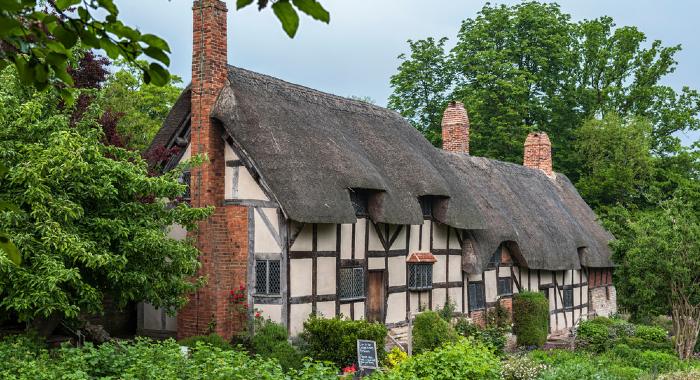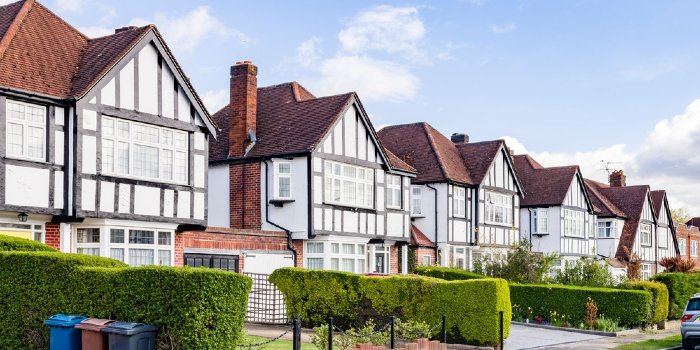27 March 2024 – Aside from being tagged as scarce in supply, the UK housing stock has a new moniker, “worst value for money.”
A report by the Resolution Foundation compared the quality of our housing stock against advanced economies. The value for money for properties was based on OECD data and housing metrics, such as floor space, construction date, and price.
UK households spend most of their budget on housing
A basis for determining the value for money regarding properties and housing affordability is income allocation for housing costs. However, in this case, outright owners may skew the results as they only pay for maintenance and nothing more.
To remedy this, the Resolution Foundation utilised imputed rents or an estimate of housing costs if outright owners rented their homes on the open market. In doing so, the think tank was able to establish a fair cross-national comparison for market housing costs.
It turns out that housing costs make up the bulk of a UK household’s expenses more than any other advanced economy (except Finland).
22% of their spending will be allocated to housing services. This figure far exceeds that of the OECD average of 17%.
British homes most cramped in developed economies
Despite UK buyers paying more, they get less value for money when it comes to property. Literally.
British homes have less average floor space per person – even less than the famous metropolitan New York City apartments with 43 square metres.
At 38 square metres, UK residential properties are smaller than their counterparts in Japan at 40 square metres (in 2018), France at 43 square metres (in 2020), Germany at 46 square metres (in 2017), and even the US at 66 square metres (in 2015).
UK housing stock most outdated in Europe

38% of UK housing was built before 1946. In contrast, only 27% of homes in Switzerland and 11% in Spain were constructed before the same period.
New builds are compliant with up-to-date industry standards. From net-zero goals to stringent policies for asbestos contamination, newer homes provide peace of mind for homeowners.
Meanwhile, older residential properties were constructed when building restrictions were practically non-existent or unmonitored. Hence, they are more susceptible to damp and mould.
Poor insulation is a common problem that typically leads to higher energy bills. Older homes usually have solid walls rather than modern cavity types. Trying to insulate the former will result in massive costs. In fact, Brits can expect a bill of up to £12,000 for external wall insulation.
Higher price tags don’t reflect housing quality
Buyers in the UK pay more for inferior supply and quality, according to the OECD average. When housing quality and relative cost of goods and services are taken into consideration, the UK ranks the highest in price among any other OECD country.
Although, at first glance, countries like Australia and Switzerland have more significant price tags for housing, this cost is offset by their higher GDP per capita.
UK homes are still more expensive in countries with a similar cost of living and housing quality – at least 57% higher than Austria and 36% more than Canada.
As it currently stands, the low value for money for properties in the UK is becoming more apparent. We live in smaller, older, and inferior-quality homes while paying a premium for a limited stock.
Our Opinion
It doesn’t really come as a surprise that we get the worst value for money when it comes to property here in the UK. Yes, our homes have a lot of charm and character, but this also comes with a lot of problems.
And bringing an old house to a modern standard is expensive, especially in terms of insulation. Most people aren’t able to afford this. After all, buying a home in the UK is expensive, even in more reasonably priced areas. As a result, damp and condensation is an issue many homeowners in the UK face.
Most of us know all this, but it’s shocking to read that Brits get the worst value for money for properties compared to other similar economies. So what’s the solution?
Well, first of all, we have a huge problem with supply. There just aren’t enough properties in the market. So we need to build more. And while successive governments have promised to do so, so far, they haven’t delivered.
But that’s not the only thing that we need. There needs to be proper funding in place for existing homes to be updated. Here in the UK, we love our old houses. And so we should: they are beautiful, full of character and part of our history.
However, unless we can afford to do the necessary work to bring them into the 21st century, they won’t be worth the prices we pay. And while there are grant schemes in place to help homeowners to modernise their homes, they are focused on the cheapest forms, such as loft and cavity wall insulation.
The homes that need insulation more are old homes that don’t have cavity walls. But to insulate these is very expensive and there is no help from the government.
So unless this changes, we will continue to have the worst value for money when it comes to housing.




